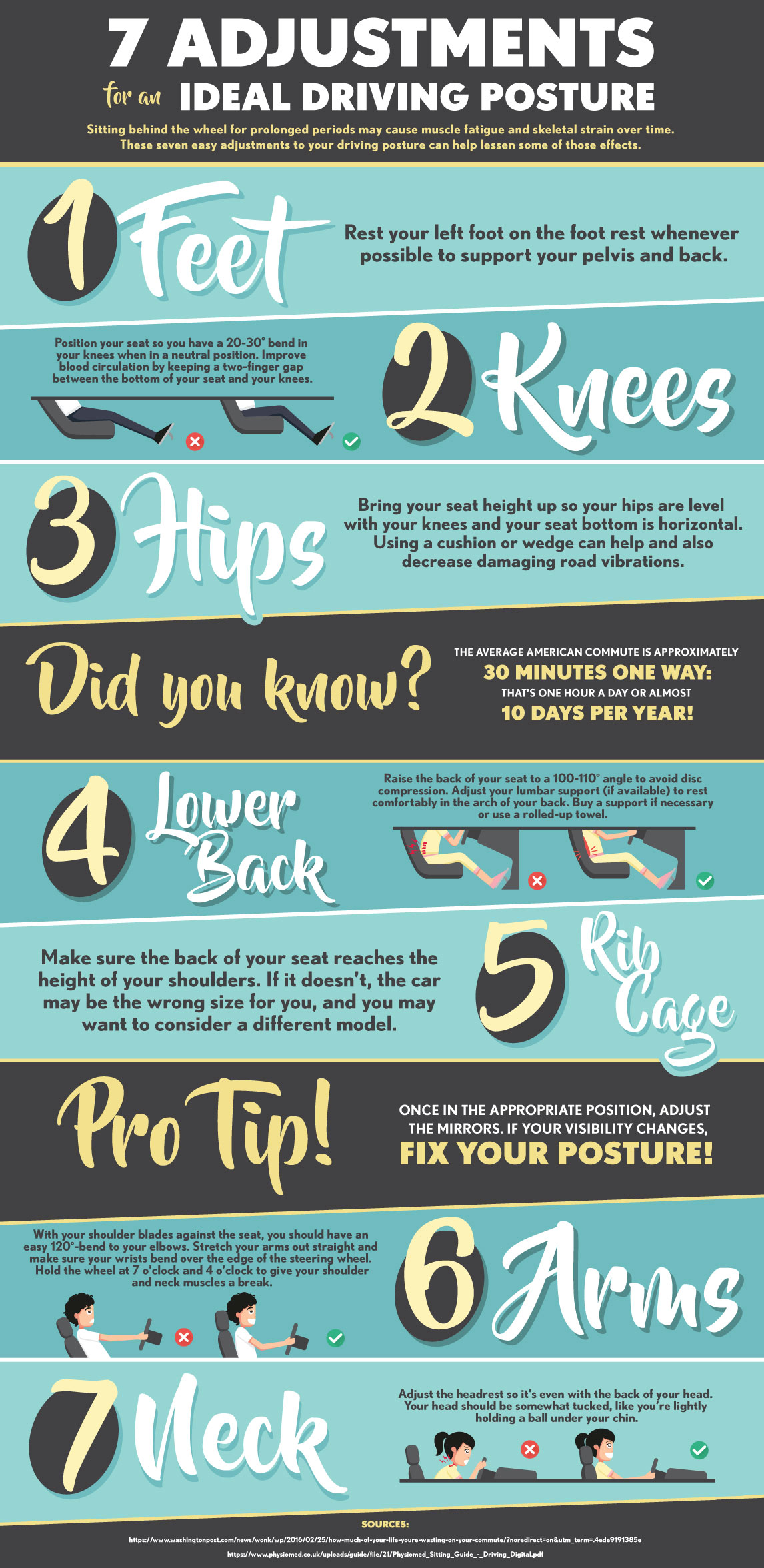A Newbie'S Overview To Understanding Cervical Back Composition And Its Impact On Neck Discomfort
A Newbie'S Overview To Understanding Cervical Back Composition And Its Impact On Neck Discomfort
Blog Article
Write-Up Writer-Irwin Link
As you rest there, possibly really feeling a twinge of pain in your neck, have you ever stopped to consider the detailed structures that make up your cervical back? Understanding how the vertebrae, discs, and nerves engage in this area can clarify why neck discomfort can be so relentless and devastating. By exploring the structures of cervical spinal column makeup and its ramifications for neck discomfort, you might discover understandings that might help you better manage and even protect against those bothersome pains and stiffness.
Importance of Cervical Spinal Column Anatomy
Comprehending the relevance of cervical spinal column anatomy is essential in comprehending the intricacies of neck pain. The cervical back, comprised of 7 vertebrae, plays a crucial function in sustaining the head's weight and helping with movement. lumbar back pain houses the spine, which sends messages between the mind and the rest of the body. In addition, the cervical spinal column secures these delicate nerves and provides structural stability to the neck area.
Moreover, the cervical spinal column permits a wide variety of activity, enabling you to turn your head, tilt it laterally, and nod up and down. Each vertebra has details features and features that add to the general versatility and stability of the neck. Recognizing the makeup of the cervical spinal column can help you grasp exactly how injuries or degenerative conditions in this area can cause neck discomfort and relevant symptoms.
Elements of the Cervical Spinal column
When exploring the elements of the cervical back, it ends up being noticeable that its framework includes seven vertebrae, classified C1 to C7, stacked on top of each other. These vertebrae are crucial as they give support to the head and allow for a variety of activity in the neck.
The upper vertebra, C1, additionally called the atlas, supports the head and allows the sleeping activity of the head. Straight under C1 is the C2 vertebra, known as the axis, which permits the rotation of the head from side to side.
Relocating down the cervical spinal column, each vertebra plays a crucial function in maintaining the back's versatility and security. Between https://chiropracticspecialistnea74951.blogdeazar.com/31988992/comparing-chiropractic-care-adjustments-to-conventional-physical-treatment-which-is-right-for-you are intervertebral discs that serve as paddings, soaking up shock and protecting against the vertebrae from scrubing against each other.
Understanding functional medicine doctor in austin of the cervical spinal column is essential in comprehending just how the back features and its potential influence on neck pain.
Partnership In Between Back and Neck Pain
The connection between the spinal column and neck pain is a vital element of understanding bone and joint discomfort. Your spine, especially the cervical region, plays a considerable function in sustaining your head and permitting numerous movements. When there's an issue in the back, such as a herniated disc or imbalance, it can directly influence the surrounding cells and nerves, leading to neck discomfort. Poor posture, injuries, and degenerative conditions can all contribute to spine-related neck discomfort.
It's essential to recognize that the back and neck feature as a cohesive device. https://lakerlutznews.com/lln/2020/10/81976/ of irregularities or discrepancies in the spinal column can cause strain on the neck muscles and ligaments, leading to pain and tightness.
Conclusion
Since you have a fundamental understanding of cervical spine anatomy and its connection to neck discomfort, you can better appreciate the intricacies of your very own neck pain. Keep in mind, the wellness of your cervical back plays a vital duty in sustaining your head and assisting in movement, so it is very important to deal with it via appropriate stance, exercise, and routine exams with a health care specialist. Keep informed and positive about your back wellness to prevent and handle neck discomfort properly.
